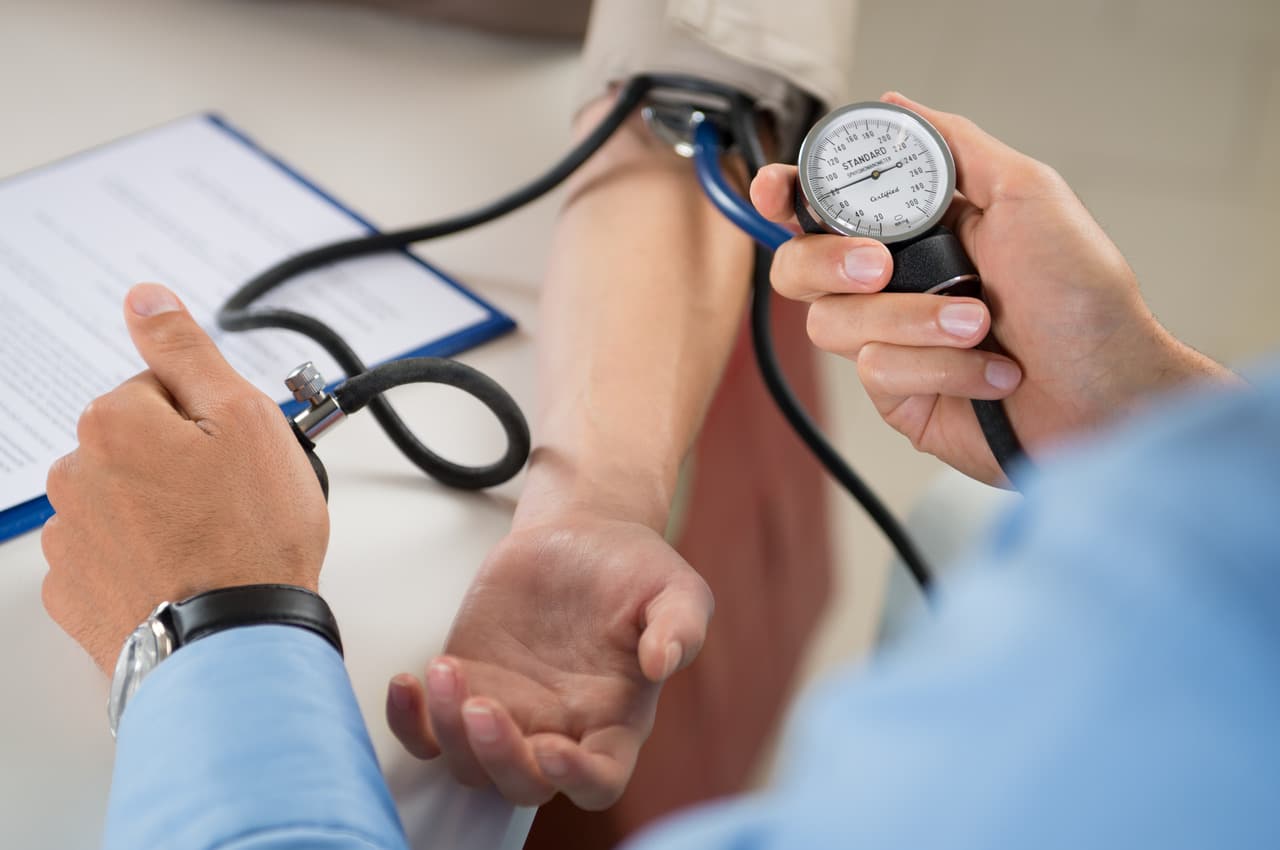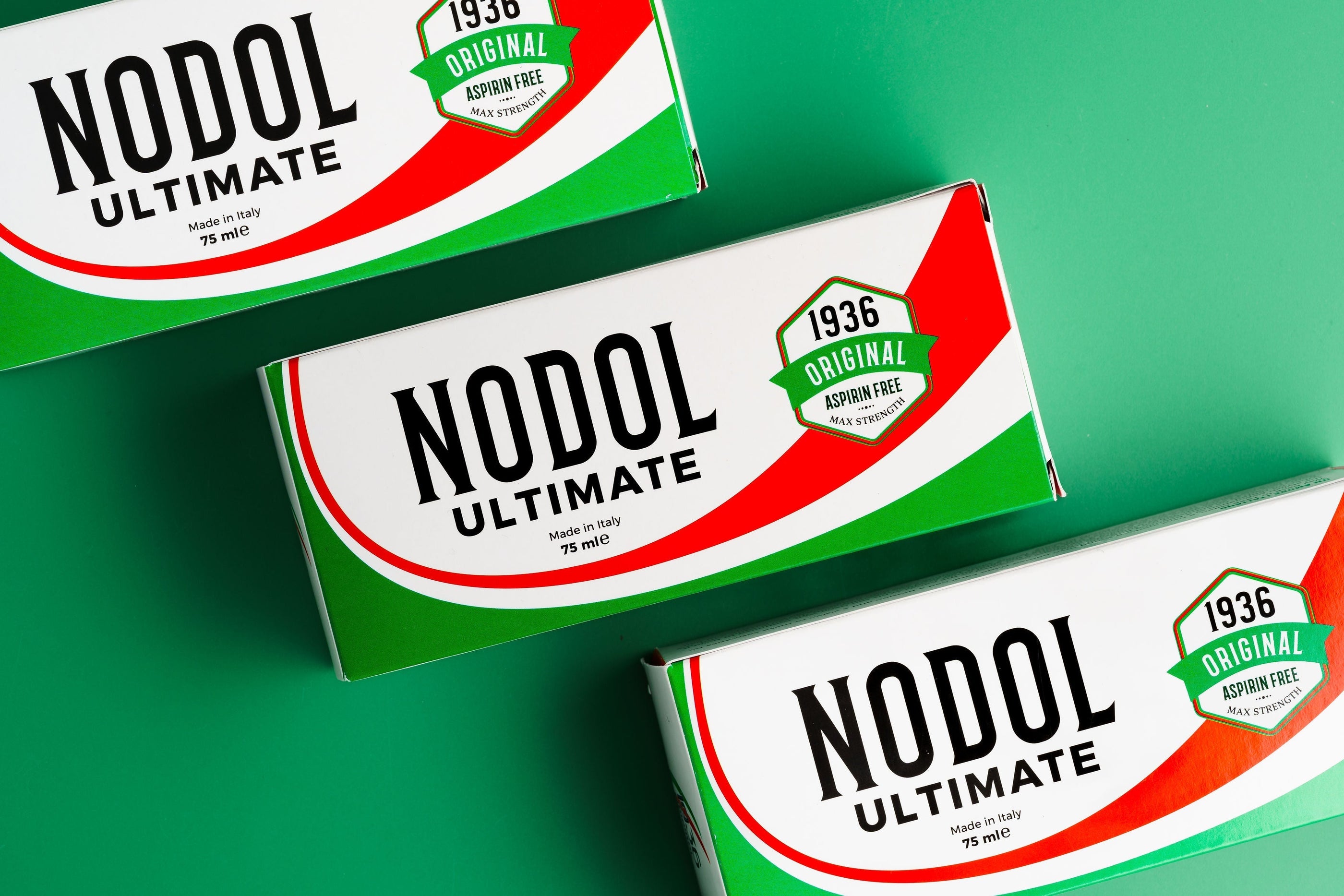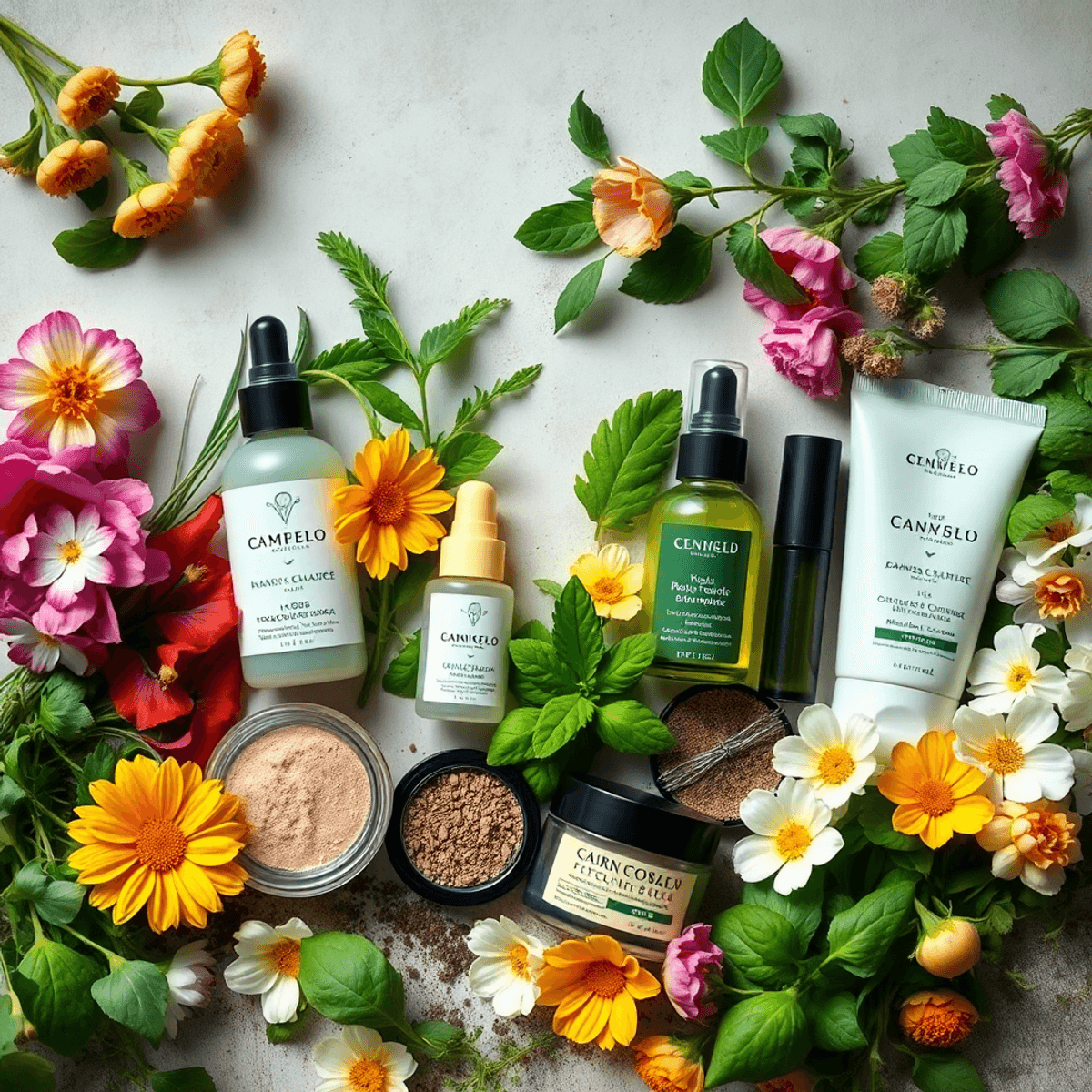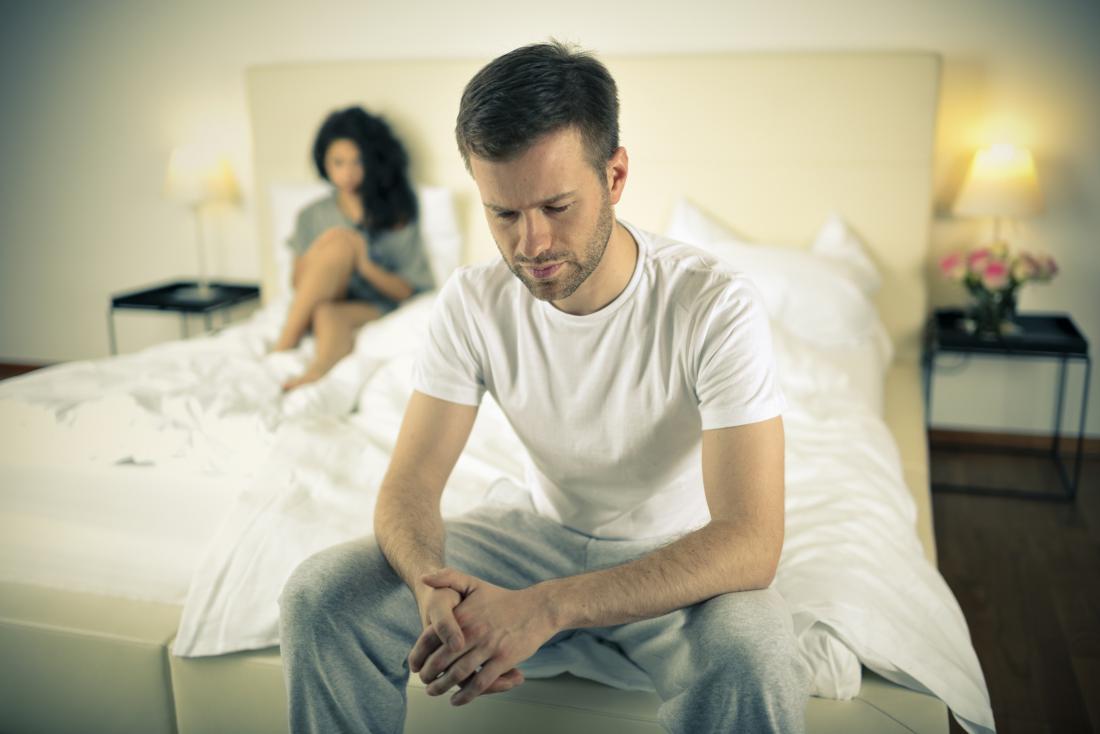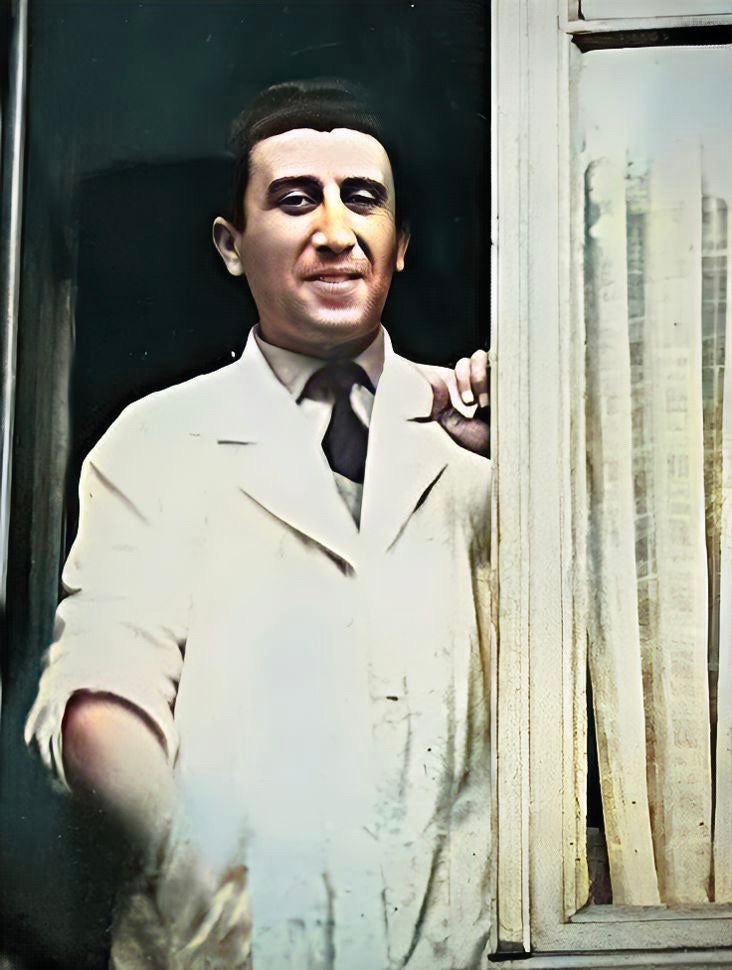Can Blue Light Therapy Help Improve Your Health?

Introduction
Blue light therapy has gained popularity as a non-invasive treatment option for various health concerns. By using natural violet and blue light, this therapy offers potential solutions for those seeking health improvements without surgical interventions. The growing popularity of blue light therapy raises the question: can blue light therapy help improve health? This article explores its potential benefits, focusing on:
- Skin conditions
- Reducing inflammation
- Mental health support
Discover how blue light therapy might contribute to your well-being, complementing the power of natural health which emphasizes living a healthier, happier life through nature's healing power.
Understanding Blue Light Therapy
Blue light therapy works at a cellular level, focusing on specific molecules and structures in the skin. It uses natural violet and blue wavelengths to penetrate the skin and eliminate Propionibacterium acnes bacteria, which is a major cause of acne. By disrupting the growth environment of these bacteria, blue light treatment can help reduce acne flare-ups and inflammation.
How Blue Light Therapy Works
The effectiveness of blue light therapy comes from its ability to activate certain substances in the skin called photosensitizing agents. When these agents absorb blue light, they produce reactive oxygen species that kill harmful bacteria. Additionally, blue light therapy can also affect cellular processes by regulating immune responses and decreasing inflammation markers.
Blue Light vs. Red Light Therapy
While both blue and red light therapies are non-invasive treatments that use specific wavelengths of light, they work in different ways.
- Blue Light: Mainly targets bacteria and inflammation on the surface of the skin.
- Red Light: Goes deeper into the skin to stimulate collagen production, promote tissue healing, and reduce wrinkles.
Each type of light therapy has its own unique benefits, making them suitable for various skin conditions. Blue light therapy is particularly effective for issues related to bacterial overgrowth and inflammation.
Exploring the Health Benefits of Blue Light Therapy
1. Dermatological Applications
Blue light therapy has garnered attention for its significant role in dermatological care, particularly as a blue light skin treatment. Its efficacy in treating acne is one of the most recognized benefits. Acne, a common skin condition, often results from the overproduction of oil and the growth of bacteria called Propionibacterium acnes. Blue light targets these bacteria directly, reducing their presence on the skin and diminishing inflammation. This makes blue light therapy an appealing option for those seeking non-invasive acne treatment.
Apart from acne, blue light therapy also addresses inflammation associated with skin conditions like rosacea. Rosacea causes redness and visible blood vessels in your face, often leading to discomfort and cosmetic concerns. The anti-inflammatory properties of blue light can help alleviate these symptoms by calming the skin and reducing redness.
Sun damage is another area where blue light therapy shows promise. Prolonged exposure to UV rays can lead to premature aging and various skin issues. Blue light therapy aids in repairing sun-damaged skin by promoting cellular regeneration and targeting damaged tissues without harming surrounding healthy cells.
Sebaceous hyperplasia, characterized by enlarged oil glands, is yet another condition where targeted blue light exposure proves beneficial. By reducing gland size and regulating oil production, blue light helps improve overall skin texture and appearance.
In clinical practice, these applications highlight how blue light therapy not only addresses specific dermatological issues but also contributes to overall skin health. Its non-invasiveness and effectiveness make it an attractive option for those looking to enhance their skincare regimen.
This understanding of blue light therapy benefits underscores its potential beyond traditional treatments. As research continues to explore its capabilities, individuals can consider this innovative approach for managing various skin-related concerns effectively.
Addressing Other Skin Conditions
While blue light therapy offers numerous benefits, it's important to note that other skin conditions such as atopic eczema and dermatitis require different treatment approaches. These conditions often involve more complex issues that may not respond well to blue light therapy alone.
For instance, eczema treatment typically involves a combination of moisturizing products and topical treatments aimed at reducing inflammation and relieving symptoms. There are specialized products available that cater specifically to conditions like eczema, atopic dermatitis, psoriasis, and dry skin. These treatments are designed to provide relief from these persistent skin issues while being suitable for all age groups including babies and children.
As we continue to explore the potential of blue light therapy in dermatology, it's essential to remember that a holistic approach considering multiple treatment options will yield the best results in managing various skin-related concerns effectively.
2. Anti-inflammatory Effects Beyond the Skin
Blue light therapy has the potential to benefit not only the skin but also various systemic health conditions. While it is primarily known for targeting Propionibacterium acnes, scientific studies and expert opinions suggest that this non-invasive treatment may have broader effects on managing inflammation-related systemic conditions.
1. Systemic Benefits
Research indicates that blue light therapy might reduce inflammation markers in the body, potentially aiding in conditions like rheumatoid arthritis and inflammatory bowel disease.
2. Mechanism of Action
The therapy works by modulating immune responses and reducing inflammatory cytokines, suggesting a promising pathway for managing chronic inflammation.
By harnessing these effects, blue light therapy presents an intriguing option for those seeking alternative treatments to conventional anti-inflammatory medications. This broadens the scope of its application, highlighting the diverse ways it might contribute to improved health outcomes.
3. Mental Health Benefits Unveiled
Blue light therapy benefits extend into the realm of mental health, where it shows promise as a treatment for seasonal affective disorder (SAD) and certain sleep disorders. This non-invasive therapy has gained attention due to its potential impact on mood regulation and circadian rhythms.
Seasonal Affective Disorder (SAD):
- SAD is a type of depression that occurs at a specific time of year, usually during the winter months when daylight hours are shorter.
- Blue light therapy, by mimicking natural sunlight, may help alleviate symptoms by influencing the production of serotonin, a neurotransmitter associated with mood regulation.
Scientific studies have supported the use of blue light therapy in managing SAD. For instance, research indicates that exposure to blue wavelengths can enhance alertness and improve cognitive function in individuals affected by this condition.
Sleep Disorders:
- The therapy's impact on sleep quality stems from its ability to regulate melatonin production. Melatonin is crucial for controlling the sleep-wake cycle.
- Individuals struggling with insomnia or irregular sleep patterns might find relief through blue light exposure, which helps synchronize their internal clock with environmental cues.
Expert opinions underline that while blue light therapy is not a standalone solution, when used alongside other treatments, it can significantly contribute to well-being.
Practical Considerations for Blue Light Therapy at Home
Exploring blue light therapy at home opens up opportunities for those seeking convenient and accessible treatment options. A variety of home-use devices are now available, designed to bring the benefits of blue light therapy into your personal space. These devices range from handheld gadgets to larger panels, catering to different needs and preferences.
Differences Between Home-Use Devices and Professional Treatments:
- Power Levels: Home devices typically emit lower intensities of light compared to professional equipment. This makes them safer for unsupervised use but may require longer or more frequent sessions to achieve similar results.
- Application Areas: While professional treatments may cover larger areas in a single session, home-use devices are often intended for localized application, ideal for targeting specific skin issues.
Safety Considerations and Guidelines:
To ensure safe and effective use of blue light therapy at home, consider the following guidelines:
- Follow Manufacturer Instructions: Each device comes with specific usage instructions that should be adhered to strictly. This includes recommended duration and frequency of sessions.
- Monitor Skin Reactions: Pay close attention to how your skin responds after each session. Temporary redness or dryness might occur, but persistent discomfort warrants discontinuation and consultation with a healthcare provider.
- Avoid Overuse: More is not always better. Excessive exposure can lead to unwanted side effects such as increased skin sensitivity or irritation.
- Consult Healthcare Professionals: Before beginning blue light therapy at home, it's advisable to seek guidance from a healthcare professional, especially if you have pre-existing conditions or are on medication.
Incorporating these safety practices ensures optimal results without compromising your well-being when using blue light therapy devices at home.
Conclusion: Embracing the Potential of Blue Light Therapy for Health Improvement
Exploring the potential of blue light therapy reveals its promise in enhancing health and wellness. By addressing skin conditions like acne and rosacea, offering anti-inflammatory benefits, and influencing mental health positively, this therapy showcases its overall effectiveness. As you consider adding blue light therapy to your wellness routine, ensure a balanced approach.
- Consult a Healthcare Professional: Before starting any new treatment regimen, it's crucial to consult with a healthcare provider to tailor the therapy to your specific needs.
- Stay Informed: Keeping an eye on future prospects in research will provide insights into how blue light therapy can help improve health further.
Incorporating this non-invasive treatment could be a beneficial step towards improved well-being.
FAQ's
What is blue light therapy?
Blue light therapy is a non-invasive treatment that works at a cellular level, focusing on specific skin conditions and overall health improvement.
How does blue light therapy work?
The effectiveness of blue light therapy comes from its ability to penetrate the skin and modulate immune responses, helping to reduce inflammation and promote healing.
What are the dermatological applications of blue light therapy?
Blue light therapy has garnered attention for its significant benefits in treating acne and other skin conditions, by targeting bacteria and reducing inflammation.
Can blue light therapy help with mental health issues?
Yes, blue light therapy has been shown to benefit mental health, particularly in treating Seasonal Affective Disorder (SAD) and improving sleep quality.
What should I consider when using blue light therapy at home?
When using blue light therapy devices at home, it's important to understand the differences between home-use devices and professional treatments, including power levels and safety guidelines.
Are there any safety considerations for blue light therapy?
To ensure safe and effective use of blue light therapy at home, it's crucial to follow safety guidelines, such as not exceeding recommended exposure times and using devices as directed.


